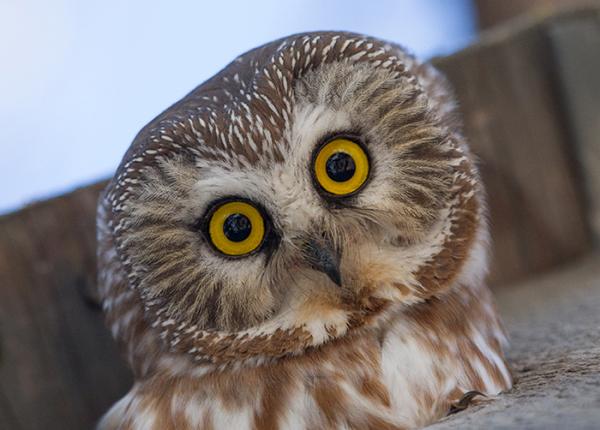From Misty Briggs
If you think no one saw you trip on the sidewalk… you’re wrong.
(Western Screech, Arizona)
Damn who shot that cactus with a cannonball?
More goes into the holes than I had previously thought. Woodpeckers make most of them, but they have to pick the spots months in advance of needing them. They make the hole early so it can dry out and harden over, so it isn’t a damp, spongey mess inside by the time they need it. After they move on, the little owls can make use of it.
Saguaros are a keystone species for this and many other reasons! They’re homes for so many animals of the Sonoran desert.
Plants can really be the unsung heroes to many types of life!
From the Sonora Desert Museum
Because many other species rely on them for sustenance and shelter, saguaros are a keystone species, a foundation of the ecosystem in which they grow. Birds, bats, tortoises, javelinas, coyotes, and others feed on their sweet, red fruit. Some birds carve holes high up as shelters for their nests. A saguaro boot forms as the inside of these cavities harden, and when vacated by the original residents they become home to other birds that move in. Humans, too, benefit from the saguaro. Many people, including the Tohono O’odham, Pima, and Seri, use every part of the cactus, eating or making syrup from the fleshy fruit, repurposing the boots as water containers, and using the wood-like ribs as building materials for roofs, fences, and furniture after the cactus dies and decays. The saguaro skeleton also makes a great home and resting spot for desert critters.
From April through June, white flowers with thick, waxy petals grow at the crown of the saguaro, and open at night when bats pollinate the flowers. Honey bees and other insects, white-winged doves, and some hummingbirds pollinate them the following morning. By June and early July, the red fruit mature and ripen. The small seeds germinate about a year later, but due to dryness and being a food source for animals, only 1% successfully sprout.


